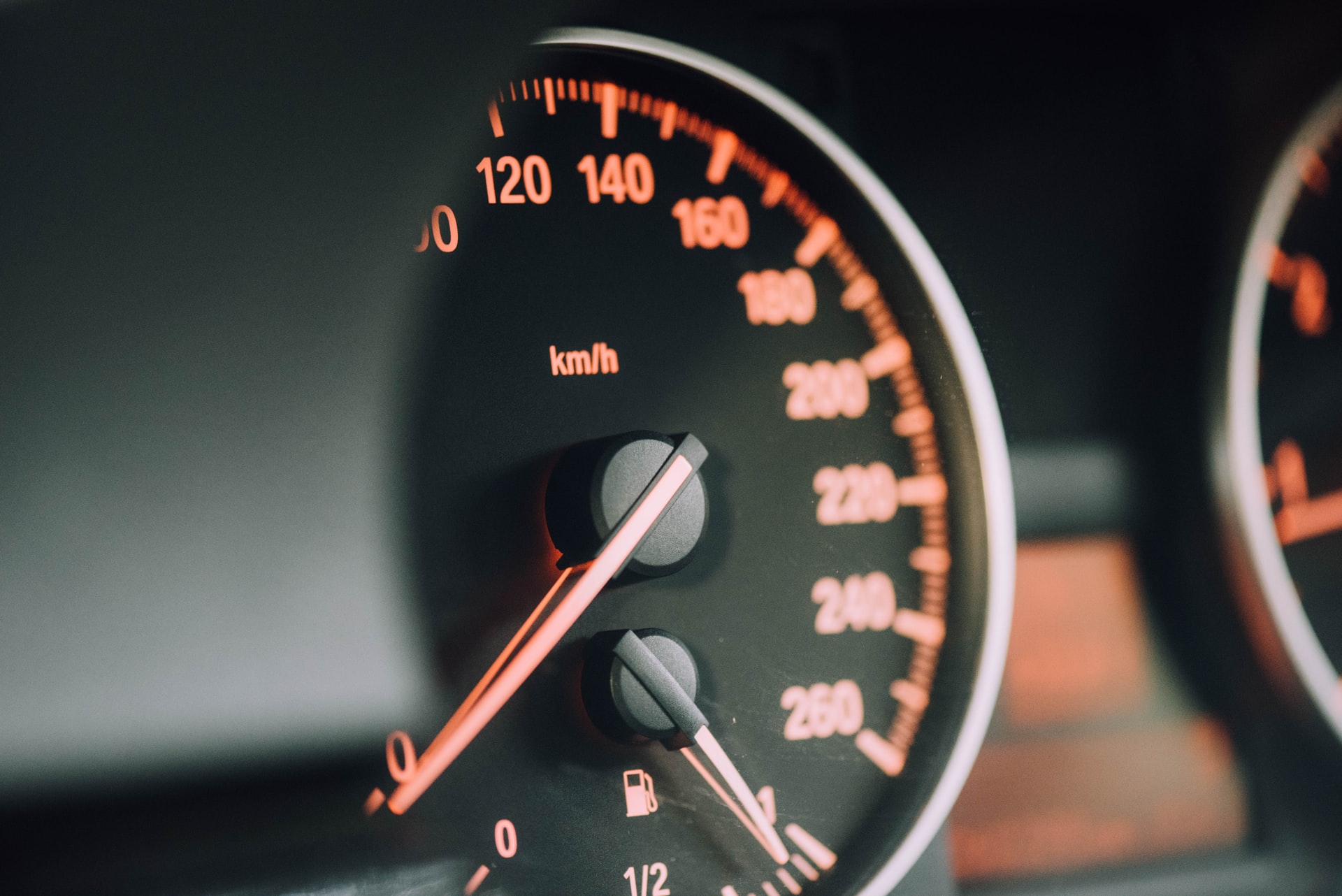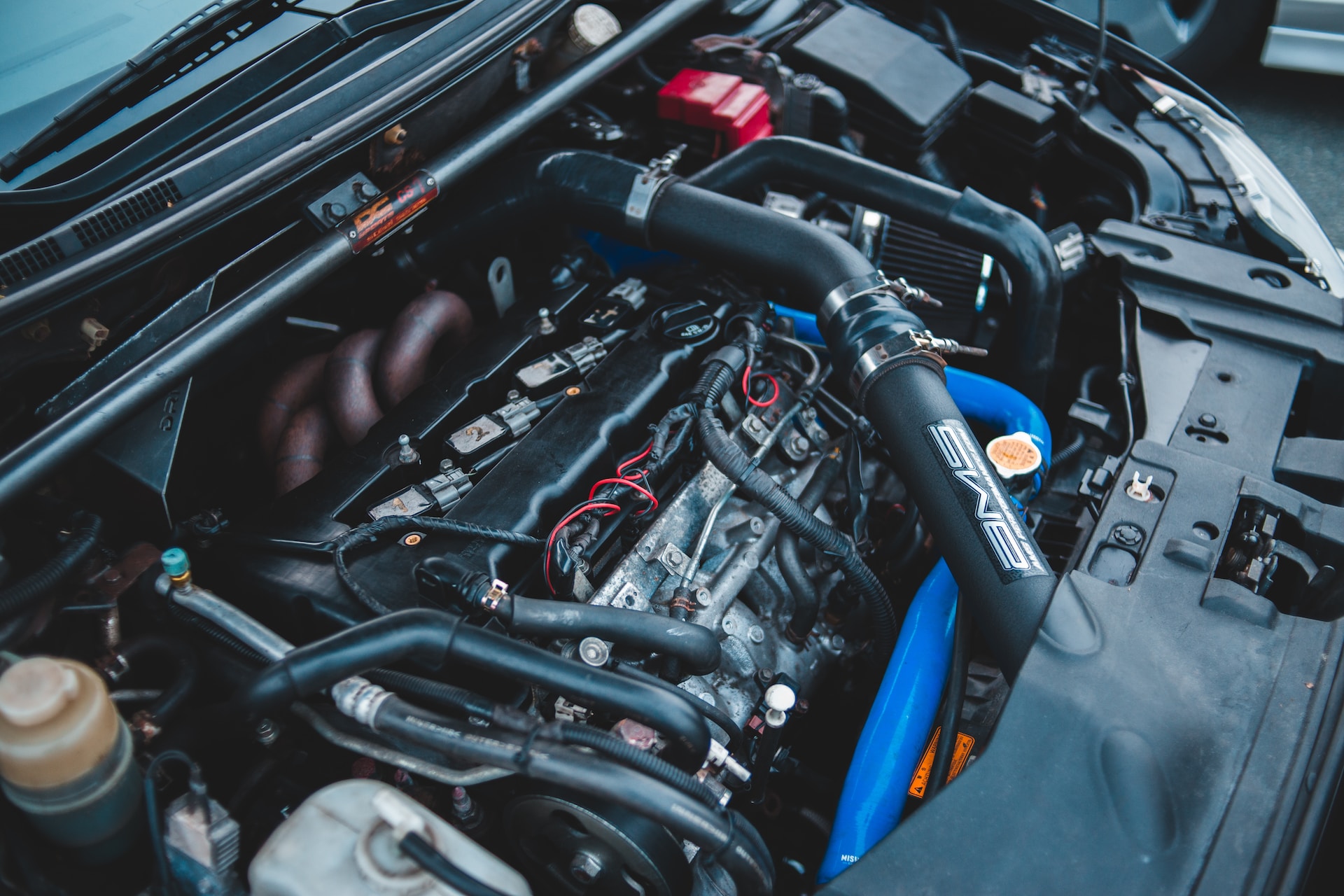Introduction:
The dashboard of your car is filled with various warning lights, information lights, and indicator lights that are designed to alert you to potential issues or to provide information about the status of your car’s various systems. Understanding these signs and their meanings is essential for maintaining your car and keeping it running smoothly. In this blog post, we will discuss the most common car dashboard signs and their meanings.
Warning Lights:
Warning lights are the most critical dashboard signs to pay attention to. They are usually red or orange and indicate a problem with your car’s systems that needs immediate attention. Ignoring a warning light can lead to significant issues and even cause damage to your car’s engine.
Check Engine Light:
The check engine light is one of the most common warning lights and is also one of the most important. It indicates a problem with your car’s engine, emissions system, or transmission. If the check engine light comes on, it is important to take your car to a mechanic to diagnose and repair the issue.
Battery Light:
The battery light indicates a problem with your car’s charging system. It may indicate a problem with the battery or the alternator, which can cause your car to break down if not addressed.
Oil Pressure Light:
The oil pressure light indicates that there is a problem with the oil pressure in your car’s engine. Low oil pressure can cause engine damage and should be addressed immediately.
Brake System Warning Light:
The brake system warning light indicates a problem with your car’s brakes. This can include low brake fluid, worn brake pads, or a malfunctioning brake system. Driving with faulty brakes can be dangerous and should be addressed immediately.
Airbag Warning Light:
The airbag warning light indicates a problem with your car’s airbag system. This can include faulty sensors or a malfunctioning airbag system. It is important to have this issue addressed immediately, as the airbags may not deploy in the event of an accident.
Information Lights:
Information lights provide information about the status of your car’s systems and are usually blue or green. While they are not as critical as warning lights, they are still important to pay attention to.
High Beam Indicator Light:
The high beam indicator light indicates that your car’s high beams are on. It is important to turn off your high beams when driving in traffic to avoid blinding other drivers.
Turn Signal Indicator Light:
The turn signal indicator light indicates that your car’s turn signals are on. It is important to use your turn signals when changing lanes or turning to alert other drivers of your intentions.
Fuel Gauge:
The fuel gauge indicates the level of fuel in your car’s tank. It is important to keep an eye on the fuel gauge to avoid running out of gas.
Speedometer:
The speedometer indicates your car’s speed. It is important to obey speed limits and drive at a safe speed.
Tachometer:
The tachometer indicates your car’s engine speed. It is useful for monitoring the engine’s performance and avoiding over-revving.
Check Our Blog on Electric Cars Vs Gas Cars Pros and Cons
Indicator Lights:
Indicator lights are usually yellow or orange and provide information about the status of your car’s various systems.
Seat Belt Reminder Light:
The seatbelt reminder light indicates that a passenger in the car is not wearing their seat belt. It is important to ensure that all passengers wear their seat belts for their safety.
Low Fuel Light:
The low fuel light indicates that your car’s fuel level is low. It is important to refuel as soon as possible to avoid running out of gas.
Door Ajar Light:
The door ajar light indicates that one of your car’s doors is not properly closed. It is important to ensure that all doors are properly closed to avoid accidents.
Traction Control System Light:
The traction control system light indicates a problem with your car’s traction control system. This can include issues with the ABS or other traction control systems. Driving with faulty traction control can be dangerous, especially in slippery or wet conditions.
Tire Pressure Monitoring System Light:
The tire pressure monitoring system light indicates that there is a problem with your car’s tire pressure. This can include low tire pressure or a malfunctioning tire pressure monitoring system. Driving with low tire pressure can be dangerous and can cause uneven tire wear and poor fuel efficiency.
Conclusion:
In conclusion, understanding the various dashboard signs in your car is crucial for maintaining your car and keeping it running smoothly. The most important dashboard signs are warning lights, which indicate a problem with your car’s systems that requires immediate attention. Information lights and indicator lights provide information about the status of your car’s various systems and should also be monitored closely. If any dashboard sign comes on, it is important to address the issue as soon as possible to avoid potential damage to your car or dangerous driving conditions. Regular maintenance and inspections can help prevent dashboard signs from appearing and ensure that your car is in good working order.




